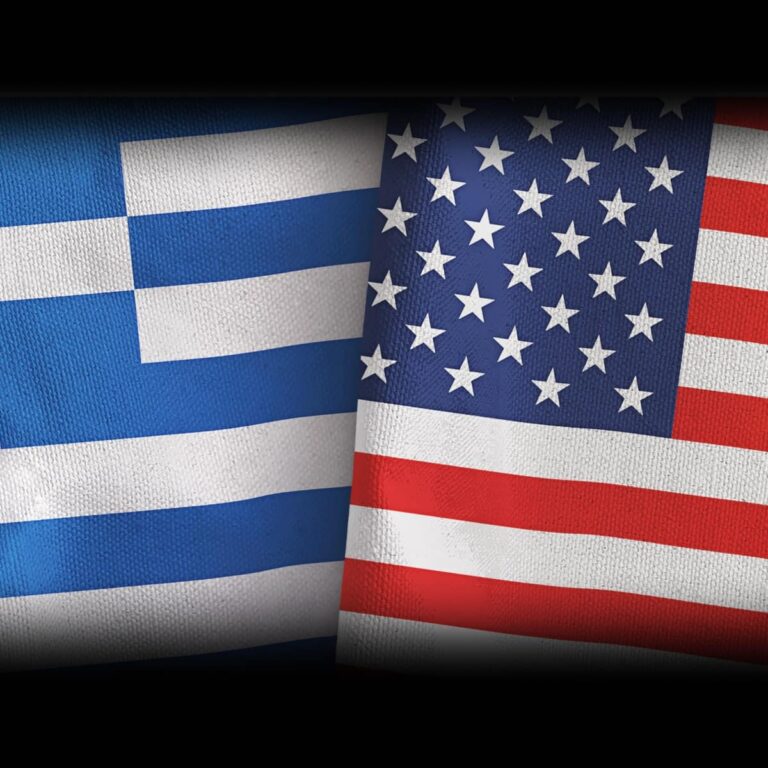History of Greek American Heritage Month
Don Doroteo Teodoro, a sailor who landed in Boca Ciega Bay with the Narváez expedition in 1528 at the site of the Prada Jungle in present-day St. Petersburg, Florida, was the first Greek to visit what is today the United States. Captured by natives sailing along the Gulf coastline, Teodoro was likely murdered by the natives and was never seen again.
In search of the legendary Northwest Passage, Greek captain Juan de Fuca crossed the Pacific coast under the Spanish banner in 1592. He claimed to have discovered a body of water, a strait that today bears his name: the Strait of Juan de Fuca, now part of the Canada-United States border.
In 1768, approximately 500 Greeks from Crete, Smyrna, and Mani arrived in New Smyrna Beach, Florida. After the failure of the colony, the inhabitants settled in Saint-Augustin in 1776.
A riot against the Greek population of South Omaha occurred in 1909, resulting in the displacement of a number of the Greek town’s residents. The events of the early 1920s also sparked the formation of the first permanent national Greek-American civic and religious organizations. The American Hellenic Educational Progressive Association was formed in 1922 in response to the anti-Greek campaign, to organize and Americanize Greek immigrants to America.
After 1945, considerable numbers of Greeks began to return home, fleeing the economic devastation caused by World War II and the Greek Civil War. Approximately 211,000 Greeks arrived in the United States between 1945 and 1982. Later immigrants were less influenced by the overwhelming assimilation pressures of the 1920s and 1930s, revitalizing Greek-American identity, particularly in areas like Greek-language media.


